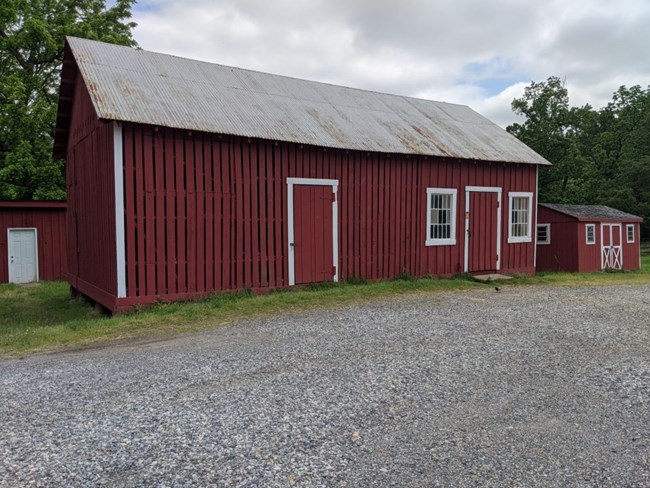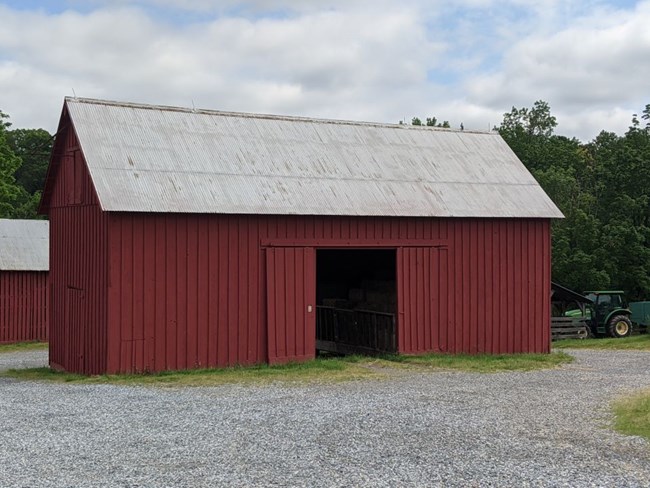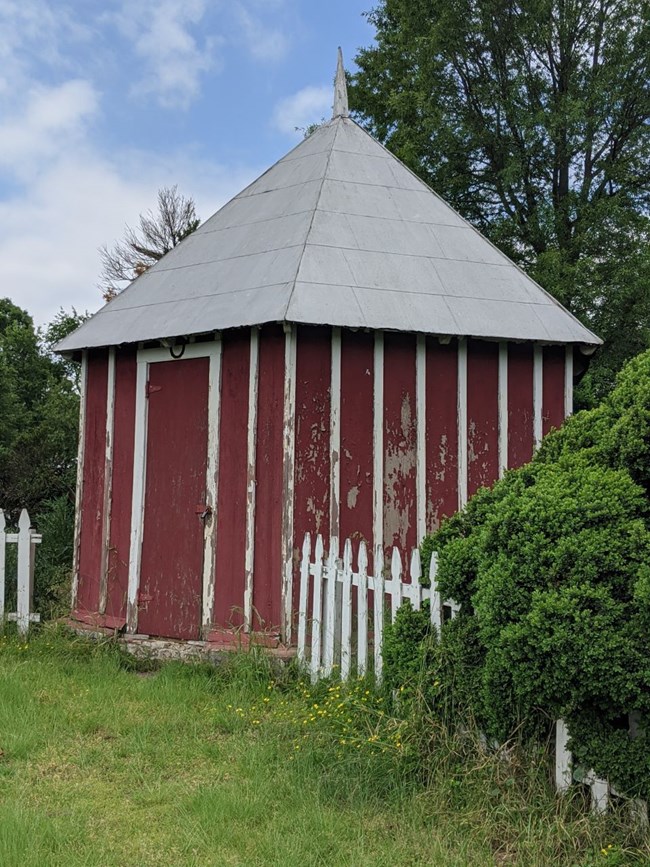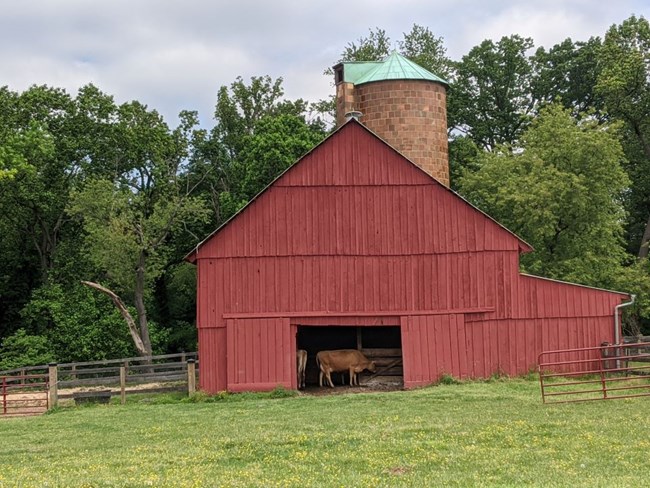|
Godding Croft was the name given to the property under the ownership by Saint Elizabeths Hospital. Saint Elizabeths Hospital was established as, and still is, the only national public health service hospital solely concerned with the recovery of the mentally ill. Patients living and working at Godding Croft grew food products for the main institution while receiving therapeutic treatment in an agricultural setting. Saint Elizabeths Hospital bought the property in 1891 and owned it for seventy years. Pony Barn (1891) may have once sheltered many horses and mules used for farming and transportation. Plows, buggies, and carts were pulled and powered by horses. The building is not used today, but plans are to rehabilitate the structure in the near future. 
NPS 
NPS Photo 
NPS Photo 
NPS Photo |
Last updated: June 19, 2022
